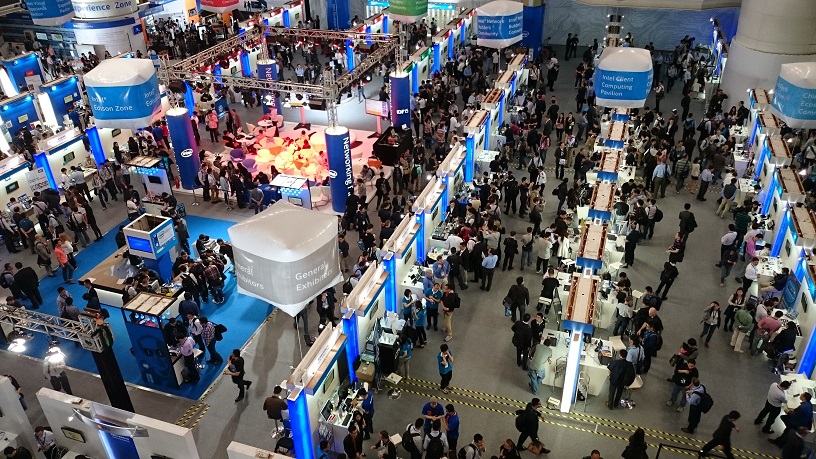Last week, we discussed the increasing complexity of power options in Android 6.0. Features such as Doze and App Standby have changed the way that the operating system manages app activity, and the wide array of UI skins used by many vendors ensures that the steps needed for pre-test configuration differ considerably from device to device.
Managing Android’s Doze feature is critical to getting a good BatteryXPRT score. To show how involved this process can be, we thought it might be helpful to present the steps for one device. Below my sig are the configuration steps we used for the Huawei Mate 8, which we recently featured in the XPRT Weekly Tech Spotlight. For other phones we’ve tested, the steps have been quite different. We’re working on distilling our experience for our tips and tricks document, and the updated version of the document will be available soon. If you have any useful tips, please let us know.
Justin
Whitelist BatteryXPRT (there are two ways to do this)
1) Access Battery manager from Settings/Advanced settings or from the Phone Manager app on the home screen.
2) Select Protected apps.
3) Use the toggles beside BatteryXPRT and BatteryXPRT Tests to allow them to keep running after the screen turns off.
Configure sleep settings
1) Open Settings from the home screen.
2) Select Display.
3) Select Sleep.
4) Select Never. This may reset to a default setting on its own. In our case, it reset to 10 minutes.
Configure screen lock settings
1) Open Settings from the home screen.
2) Select Advanced settings.
3) Select Security.
4) Scroll to the bottom of the list and use the toggle to turn off Screen lock. This keeps the device screen from locking after standby periods during the test.














